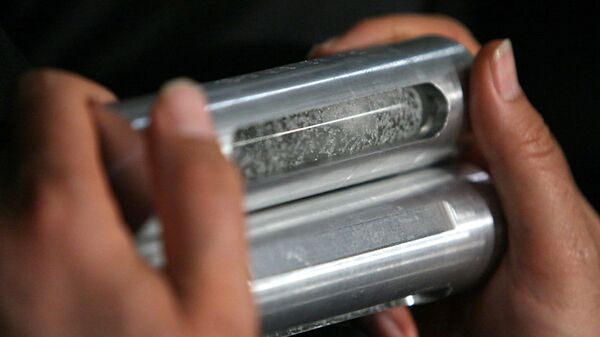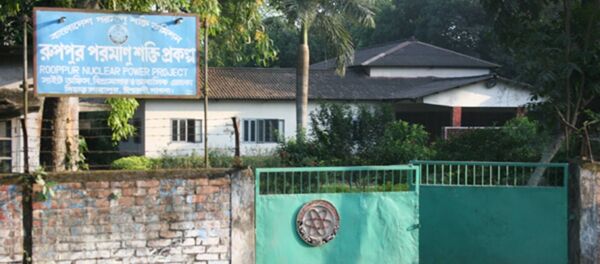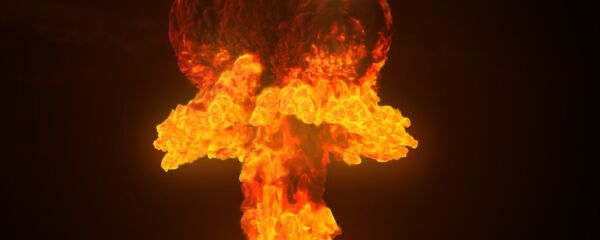According to the report, two US Department of Energy experts were heading to the Idaho National Laboratory, DoE research center, on March 21, 2017, with a mission to retrieve nuclear materials from the laboratory and make sure it does not fall into the wrong hands.
Their mission went sideways after the two left radioactivity sources — plutonium and cesium in plastic-wrapped disks used for instrument calibration — in their car in the parking lot of a Marriott hotel they'd pulled into for the night. The next morning, they found the car's window smashed and the bag stolen. No amount of forensics could come up with any useful clues as to who the perpetrators were.
They "should have never left a sensitive instrument like this unattended in a vehicle," Ortiz said.
While the amount of the stolen radioactive material has not been specified, Idaho lab spokeswoman Sarah Neumann said it was not enough to make a nuclear bomb, according to the Daily Beast. According to Ortiz, the police eventually closed the investigation to avoid "chasing a ghost."
It takes seven pounds, or slightly more than three kilograms, of plutonium or nine pounds of uranium to make a real nuclear warhead.
The worst part of the news is that the stolen radioactive material is only a fraction of all nuclear material stolen or lost in the US. According to the Daily Beast, the amount of missing nuke stuff is big enough for the government to come up with a special acronym for it: MUF, or "material unaccounted for."
Due to poor logging of radioactive material during the Cold War, some six tons of material remains unaccounted for — but specialists believe it is mostly stuck in pipes, filters and machinery at production facilities — or simply logged badly.
While accounting for private radioactive material is relatively easy, the military ones, handled by Department of Energy, is way less transparent, experts say. However, in 2015, the Government Accountability Office (GAO) declared that DoE had never conducted an inventory of the location and quantity of military nuclear material loaned by the United States to other nations.
In addition, 11 foreign sites with US-made bomb-grade uranium had not been visited by US inspectors in the last 20 years, GAO said, and those that were inspected before 2010 lacked proper security systems, the agency said.




